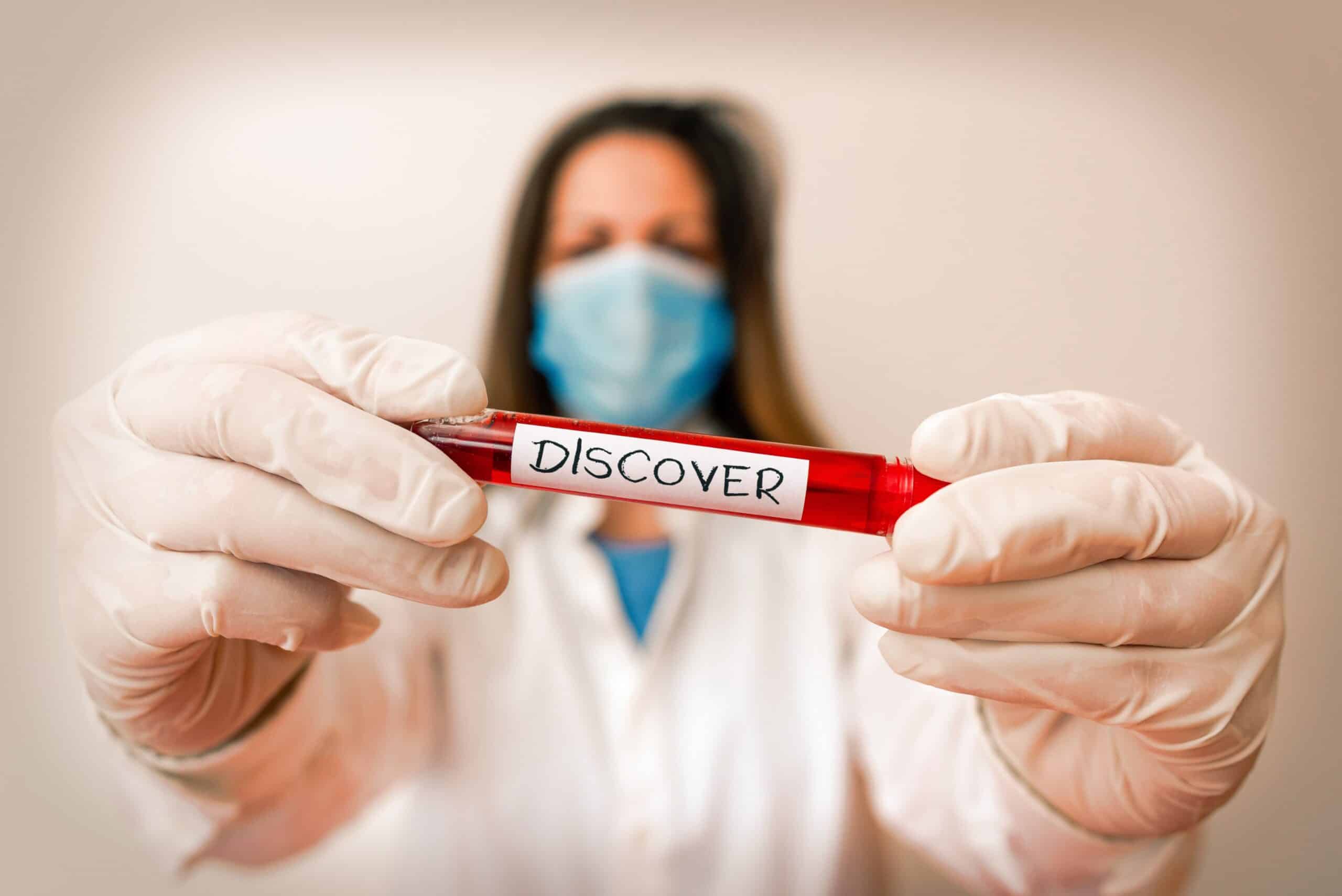One study identified 6 molecules that according to the researchers can be used as biomarkers to predict how severely ill an individual could become, and the other study for the first time reveals a new mechanism causing blood clots in COVID-19 patients along with potential ways to treat them. Both studies were conducted using blood samples that were collected from critically ill patients at LHSC, building on work from the team who were the first to profile the immune response to this virus.
“We’ve begun answering some of the biggest COVID-19 questions asked by clinicians and health researchers,” says Dr. Douglas Fraser, lead researcher from Lawson and Western’s Schulich School of Medicine & Dentistry, and Critical Care Physician at LHSC. “While the findings need to be validated with larger groups of patients, they could have important implications for treating and studying this disease.“
“When a patient is admitted to ICU, we normally wait to see if they are going to get worse before we consider any risky interventions. To improve outcomes, we not only need new therapies but also a way to predict prognosis or which patients are going to get worse,” explains Dr. Fraser.
The molecules CLM-1, IL12RB1, CD83, FAM3B, IGFR1R and OPTC were identified to be of importance; these molecules were also found to be elevated in patients who would become seriously ill and when measured on the first day of ICU admission these molecules were found to be able to predict which patients would survive using the standard treatment.
“While further research is needed, we’re confident in these biomarkers and suspect these patterns may be present even before ICU admission, such as when a patient first presents to the emergency department,” notes Dr. Fraser. “These findings could be incredibly important in determining how severely ill a patient will become.“
1,161 plasma proteins were measured from the blood of 30 participants, of which 10 had other infections along with COVID-19 and 10 were healthy controls. Blood was drawn on set days of ICU admission, processed in a lab and analyzed using statistical methods along with artificial intelligence to reveal which patients will get worse.
“The reason for this clotting has been unclear. Most suspect the clotting mechanisms in our blood are put into overdrive and so many clinicians have been treating with anticoagulant therapies like the drug heparin,” says Dr. Fraser. “But we’ve uncovered an entirely different mechanism.”
The blood samples were further examined which revealed evidence to suggest that the inner linings of small blood vessels are becoming damaged and inflamed leading to them becoming an ideal environment for platelets to stick. Patients were discovered to have elevated levels of hyaluronic acid, syndecan-1 and P-selectin molecules. The first two are products broken down from glycocalyx structures that line the inside of blood vessels, presence suggests the glycocalyx is being damaged with its breakdown products being sent into the bloodstream. The latter is significant because this molecule helps to make platelets and the inner lining of blood vessels adhere to each other.
“The glycocalyx keeps platelets from touching the inside wall of the blood vessel and helps facilitate the production of nitric oxide, which has an important role in preventing platelets from sticking,” explains Dr. Fraser. “We suspect the body’s immune response is producing enzymes that shear off these little hair-like structures, inflaming blood vessels and making them a welcoming environment for platelets to form clots.“
According to the researchers two therapies may be of benefit for treating blood clots in COVID-19 patients: platelet inhibitors to stop them from sticking, and molecules to protect and restore the inner lining of blood vessels.
“By exploring these therapies as potential alternatives to anticoagulant therapies, we may be able to improve patient outcomes,” says Dr. Fraser. “Through our combined findings, we hope to provide tools to predict which patients will become the most severely ill and treatments for both hyperinflammation and blood clots.”




